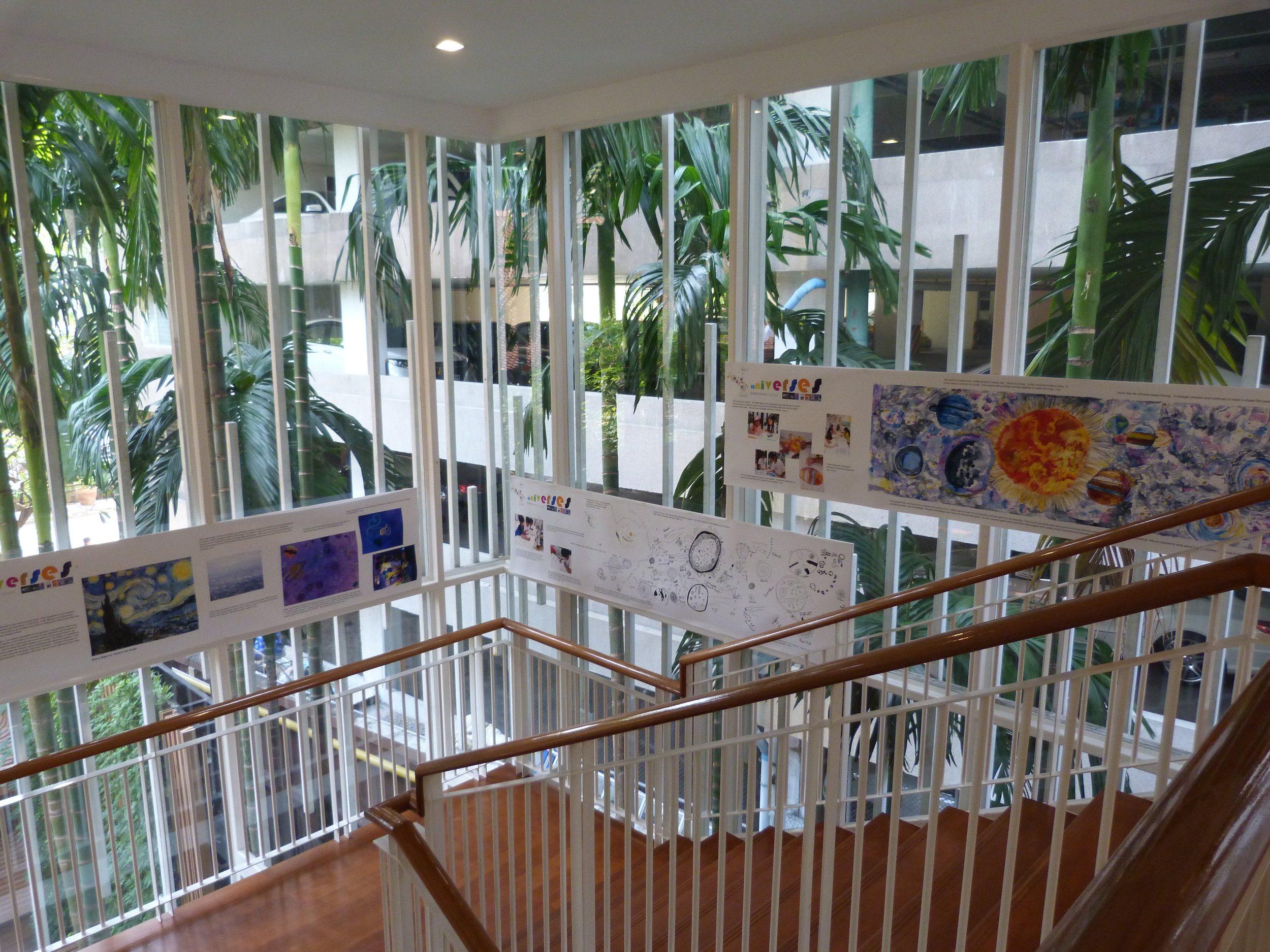Glass…Transparent…Connected…Relationships…Learning
In our previous blog Louise relates the story of our wonderful encounter with Jackie Alexander and Giovanni Piazza in their exemplary schools in Bangkok. Many architectural elements in Jackie’s school design stand out: natural wood floors and some natural wood ceilings; lovely understated lighting; neutral colors (mostly shades of white); open floor plans; clean, clear lines,; simple and sturdy furniture; and most spectacularly and transformative: glass...beautiful large exterior windows and expansive floor to ceiling interior glass walls and doors.
The architectural element of glass supports the pedagogy of the schools.
Obviously, glass is transparent. It visually connects different spaces, inside and outside. It allows the children and teachers to see each other, to connect with each other all the time. That connectedness reinforces the pedagogy of relationships: school is a network of relationships between students, teachers, materials, the outdoors, and the world beyond. Learning happens because of the dynamic of those relationships: the stronger the relationships, the stronger and longer lasting the learning. Standing or sitting in the rooms and hallways and playgrounds of Jackie’s schools, you feel connected and imagine learning in dynamic ways in these spaces.
Here are three panorama photos of three spaces. The feeling of “connectedness” is palpable.
In the panoramic photo below, a hallway, that is often is a dark tunnel leading from one point to another in schools, has been transformed by glass. The glass clearly defines the spaces yet, at the same time, visually connects them and allows natural light to fill the space. Also, note that the hallway is wide enough to comfortably hold a small table with chairs (on the far right). So, the hallway becomes a place for connections…not just passages…there is enough space for people to meet each other…and, as you walk, to see into other spaces, to observe/connect with what other people are doing. With the addition of glass the hallway becomes a communal space.
Below is one of the oldest buildings that Jackie renovated…an original colonial Thai post and beam structure. Below is a panorama photo of almost the entire ground floor. With only a couple of exceptions, all of the exterior wall is floor to ceiling glass. Standing inside the room, an atelier, feels like you are outside, however, neatly contained by the warm natural wood of the ceiling. To work in this space with children must be pure joy.
Hats off to Jackie. She has accomplished something truly remarkable…her work is a new hallmark for school design.
To see a similar effect of the architectural element of glass used on a smaller scale, here is an example that Louise knows well, the atelier space at The College School in St. Louis, Missouri. This atelier studio is an interior room, without windows to the outdoors. Previously, it was a dark corner of a classroom. The room was transformed by replacing solid walls with interior window compositions and adding a wall made out of glass. Now, the learning experiences within one room come into direct relationship with the other daily experiences of the children. Children's work that was secluded in one area becomes visible to other areas.
Window walls are an architectural vehicle for pedagogy that focuses on integrated, interconnected, and, therefore, meaningful projects.
If you are interested in researching these ideas further, I recommend the following resources that have been a great help to me: The Third Teacher, that grew out of the design consultancy led by architect, Trung Le, The Language of School Design by Nair and Fielding, and Children, Spaces and Relations, by Ceppi and Zini. Even small changes that lead toward more transparency and allow for more natural light can make a big difference in any school. We encourage you to discover, dream and design for change.
































